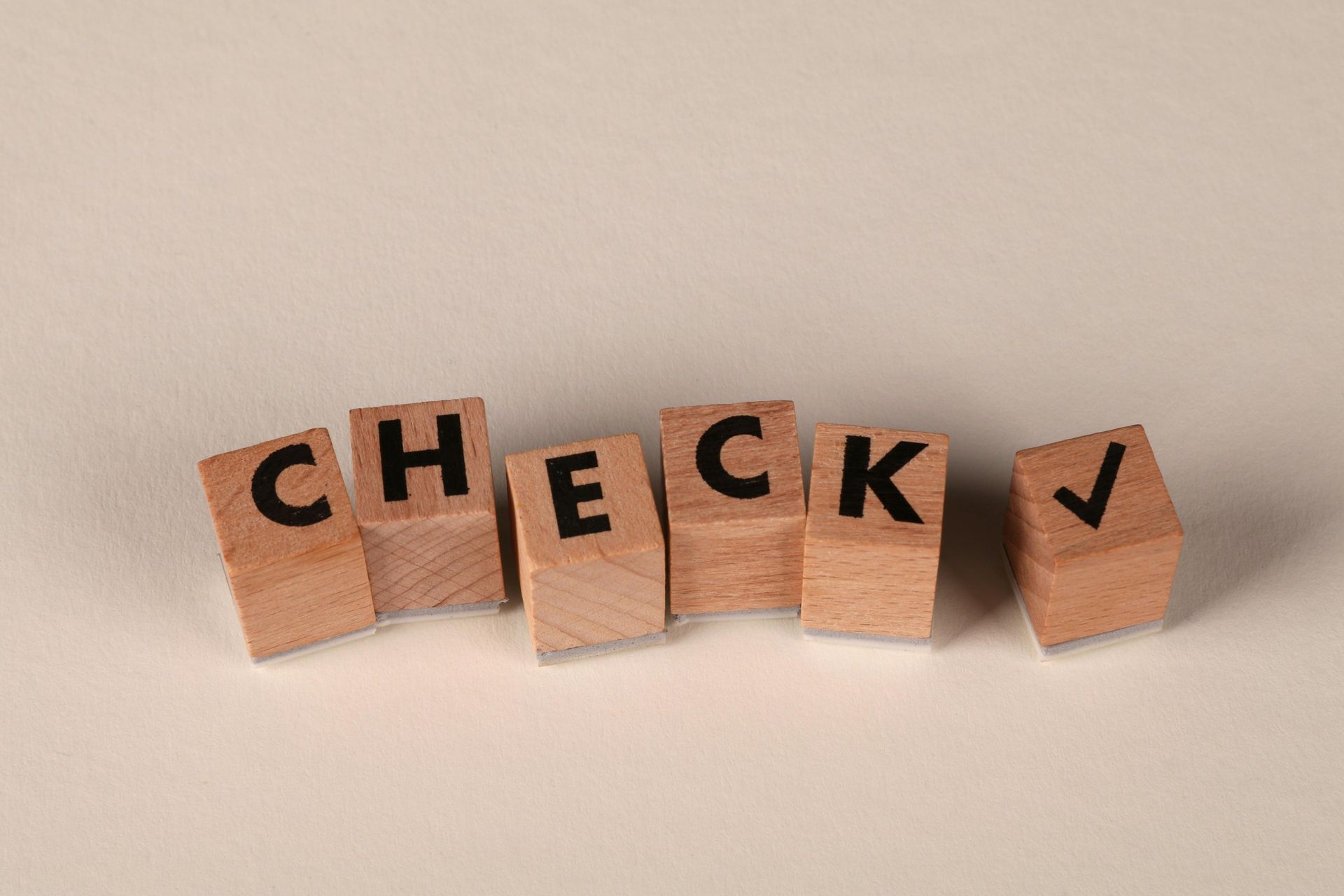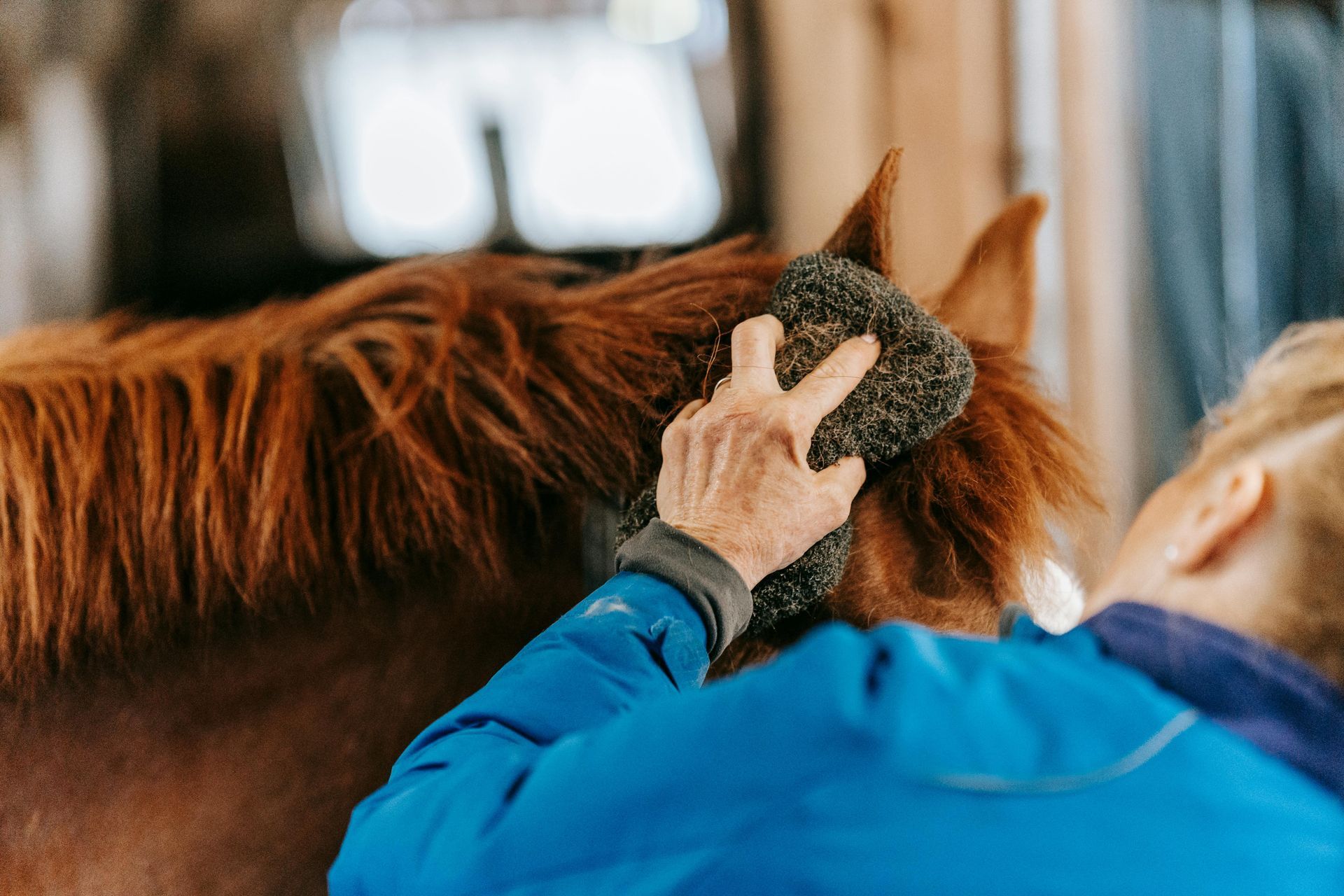How to Revive an Abandoned Trademark Application with the USPTO
When a trademark application is marked “abandoned” by the United States Patent and Trademark Office (USPTO), it might seem like the end of the road for your trademark hopes, but fortunately, this isn’t always the case. Abandonment can happen for various reasons, often simply because a response deadline was inadvertently missed, a form wasn’t completed timely, or the USPTO didn’t receive necessary documents like a Statement of Use. But abandonment doesn’t mean the trademark can’t be revived. In fact, the USPTO has a straightforward process to revive an application, as long as the delay was unintentional. Knowing how to file a Petition to Revive, and being aware of the steps and details involved, can make all the difference in getting your application back on track.
Understanding Unintentional Abandonment in Trademark Applications
To revive a trademark application, you must understand the concept of what an “unintentional” abandonment means. This term simply means that a deadline or requirement was missed accidentally, without any intentional choice to stop the process of pursuing the trademark. The USPTO only allows unintentionally abandoned trademarks to be revived, so knowing what counts is essential to your revival success.
Common Reasons for Unintentional Abandonment
- Clerical Errors: Simple mistakes in record-keeping or administrative oversight.
- Mail Delays: Unexpected delays that prevent timely receipt of important USPTO documents.
- Overlooked Deadlines: Forgetting a deadline due to a busy schedule or a missed reminder.
Grasping the concept of “unintentional abandonment” and determining what occurred must be done before filing any trademark revival request with the USPTO. The USPTO allows for revival only when deadlines or requirements were missed by accident, not when you decided to let the application go. This could happen for any number of reasons, such as a simple clerical error, a delay in receiving important mail from the USPTO, or missing a reminder in the rush of a busy schedule. Recognizing these common causes of unintentional abandonment will help you discern if your case qualifies for revival. The stronger you can make your trademark revival petition, the better your odds of success. However, if you knowingly let the application lapse—by choosing not to respond to an Office Action, for instance—the USPTO usually won’t allow it to be revived. Understanding these distinctions not only helps you navigate the revival process but also highlights the importance of staying on top of deadlines and communications to keep your application on track
Remember, if the trademark application was abandoned deliberately or purposefully, either by the applicant deciding not to respond or proceed—the USPTO generally won’t allow it to be revived.
Supporting Documents for Your Petition to Revive
Sometimes, the USPTO may ask for additional documents to support the petition, depending on the reason for abandonment. For example, if the application was abandoned because a response to an Office Action was missed, the petition should include the missing response along with any required documentation. In rare situations, the USPTO may ask for proof of the unintentional delay, such as emails or other records showing efforts to meet the deadline.
Preparing and organizing documents proving your unintentional abandonment must be carefully done before submission of your trademark revival request. Preparation is key to ensuring a smooth revival process, and we suggest consulting a trademark attorney to ensure you are following USPTO guidelines.
Tracking Your Trademark Application Status After Petition Submission
After submitting the petition, keep an eye on your application’s status, as the USPTO typically responds within a few weeks. The possible outcomes are:
- Approval: The application is revived and continues forward.
- Denial: The application remains abandoned, possibly requiring a new trademark filing and filing fee for your abandonment mark.
- Request for Information: If additional details are needed, respond promptly. As stated, this may include emails or other records showing your unintentional abandonment.
Filing a Petition to Revive an Abandoned Trademark Application
Once you’ve determined that the delay in your trademark application was unintentional, the next step is to file a Petition to Revive. The USPTO offers two types of petitions depending on why the application was abandoned:
- Petition for Missed Office Action: Use this if the application was abandoned due to not responding to an Office Action (a letter from the USPTO requesting more details or revisions). See Petition to Revive for Failure to Respond Timely To Office Action.
- Petition for Missed Statement of Use: This applies if the abandonment resulted from missing the deadline to file a Statement of Use, which confirms that your trademark is actively used in commerce (required for “intent to use” applications). See Petition to Revive Abandoned Application - Failure to File Timely Statement of Use or Extension Request.
Selecting the correct petition type is crucial, as it ensures you’re taking the right steps to revive your application. After choosing the appropriate petition, you’ll need to fill out the petition form, which requires some essential details:
- Application Information: Include your trademark application’s serial number and other identifying information.
- Statement of Delay or Unintentional Abandonment: You must clearly state that the delay or abandonment was unintentional and, if possible, submit proof of same. Accuracy here is essential, as the USPTO relies on this statement to assess the validity of the petition.
Small details matter here, so accuracy can help you avoid any processing hiccups down the line. One of the most crucial sections is the Statement of Delay or Unintentional Abandonment, where you’ll explain why the deadline was missed. Be straightforward and honest, making it clear that the delay was unintentional—this is a key point for the USPTO to consider when reviewing your petition. Once you’ve filled out everything, take a moment to go over your responses, double-checking for any typos or missing information. This extra review can make all the difference in getting your application back on track with minimal delays.
Final Thoughts:
Steps to Take if Your Trademark Application is Abandoned
While receiving notice of an abandoned trademark application can be disheartening, the process to revive it is usually straightforward as long as the necessary requirements are met. By understanding the basics of the USPTO revival process and preparing your application accurately, you can protect your trademark rights and help ensure that your brand identity remains secure and protected. Your diligence can turn a temporary setback into a smooth path forward, keeping your trademark journey on the brand highway of success.
For those unsure about the revival process or facing complex issues, consulting with a trademark legal professional can provide reassurance and enhance your chances of successfully reviving your application.
Preventing Future Abandonment of Your Trademark Application
To avoid future abandonment, set up reminders for deadlines (calendar alerts, software, or email reminders) and check regularly for USPTO updates. If managing this process feels challenging, a trademark attorney can help handle tasks and prevent common mistakes. Trademark attorneys can actively manage your trademark portfolio, ensuring your brand assets are protected and optimized.
Trademark Abandonment & Revival FAQS
What does it mean if my trademark application is considered "abandoned"?
If the USPTO marks a trademark application as "abandoned," it generally means that the applicant did not respond to an Office Action, did not meet a filing deadline, or otherwise failed to fulfill certain procedural requirements. When an application is marked abandoned, it’s no longer active, and the trademark isn’t protected by federal registration. However, applicants often have options to revive or refile the application, depending on the abandonment reason and the time since abandonment. A timely response is crucial to avoid losing rights associated with the application.
Can an abandoned trademark application be revived?
Yes, in many cases, an abandoned trademark application can be revived by filing a Petition to Revive if the abandonment was unintentional. The petition must explain the reason for missing the deadline and include the appropriate filing fee. The USPTO requires you to submit the petition within two months of receiving the Notice of Abandonment. If the petition is accepted, the application can proceed as if it were never abandoned, allowing the applicant to address outstanding issues or Office Actions.
What if the abandonment was due to a USPTO error?
If you believe the abandonment resulted from a USPTO error, you can file a "Request for Reinstatement," specifying the nature of the error and providing evidence to support your claim. Unlike a Petition to Revive, there is no filing fee for a Request for Reinstatement. You must submit the request promptly, typically within two months of discovering the error. If the USPTO agrees, it will restore the application without requiring a petition, allowing it to proceed in its original status.
What are my options if my petition to revive is denied?
If the USPTO denies your petition to revive, you may consider refiling the application as a new filing. This approach can be beneficial if your trademark remains unique and no other party has filed for similar marks in the interim. Keep in mind that refiling may reset the application timeline, meaning you’ll lose the priority date of the original filing. Consulting with a trademark attorney can help you understand the likelihood of success if you choose to refile and ensure no procedural missteps occur.
How can I prevent my application from being abandoned in the future?
Preventing abandonment begins with diligently monitoring all USPTO deadlines and promptly addressing Office Actions. Keeping your contact information updated with the USPTO ensures you’ll receive notifications. It’s also advisable to work with a trademark attorney who can track deadlines and handle filings accurately. By being proactive and responsive to USPTO requirements, you can avoid common pitfalls that lead to abandonment and safeguard your application’s progress.
What is the impact of abandonment on my common law rights?
Even if your federal application is abandoned, you may still hold common law rights to the trademark if you’ve used it in commerce. Common law rights can offer limited protection in the geographic area where the mark is used. However, common law rights are generally weaker than federal registration, especially if others file for similar marks. Reviving or refiling with the USPTO is often advisable to ensure broader protection and priority rights nationwide.
Can I revise any part of my application while petitioning to revive?
Generally, you can only revise your application to address specific issues raised in the Office Action that led to abandonment. For instance, you may correct a specimen issue, amend a description, or clarify the identification of goods and services. However, significant changes like modifying the mark itself or altering the classes are typically not allowed. If you need extensive revisions, a new application may be necessary, as the revival process is designed to continue the application in its original form.
Legal Solutions For You | Wilson Legal Group
Looking for Top Legal Representation in the Dallas, Houston or Austin? Contact Wilson Legal Group!
At Wilson Legal Group, we are dedicated to providing exceptional legal services.
Need help with business litigation, resolving business disputes, or securing trademark and patent protection?
Our experienced attorneys are here to deliver results!
Contact Us or Call 972-248-8080 for a Free Consultation!


Have an idea for a blog? Click and request a blog and we will let you know when we post it!











